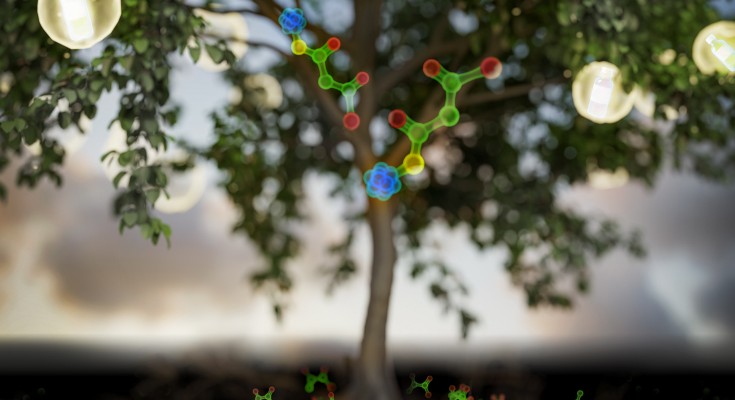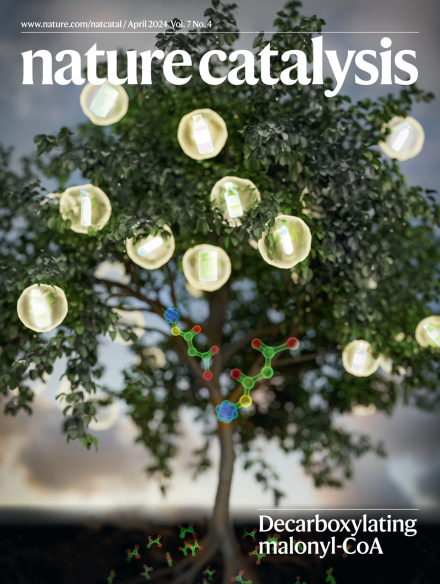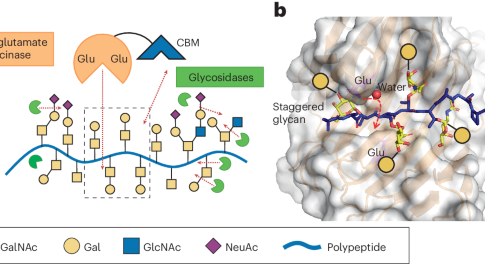
Read our April issue
Nature Catalysis covers all areas of catalysis, incorporating the work of scientists, engineers and industry. April issue now live.

Nature Catalysis covers all areas of catalysis, incorporating the work of scientists, engineers and industry. April issue now live.


Gut microbes have enzymes that break down the heavily glycosylated mucin protein of host animals, but known enzymes recognize only one glycan chain. Now, bioinformatic exploration has uncovered a family of mucinases that targets dense sugar residues.